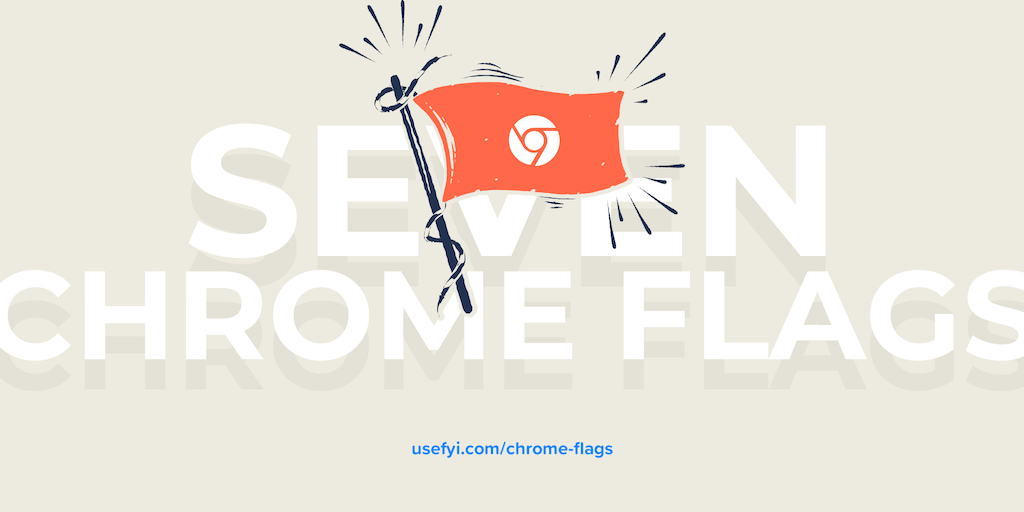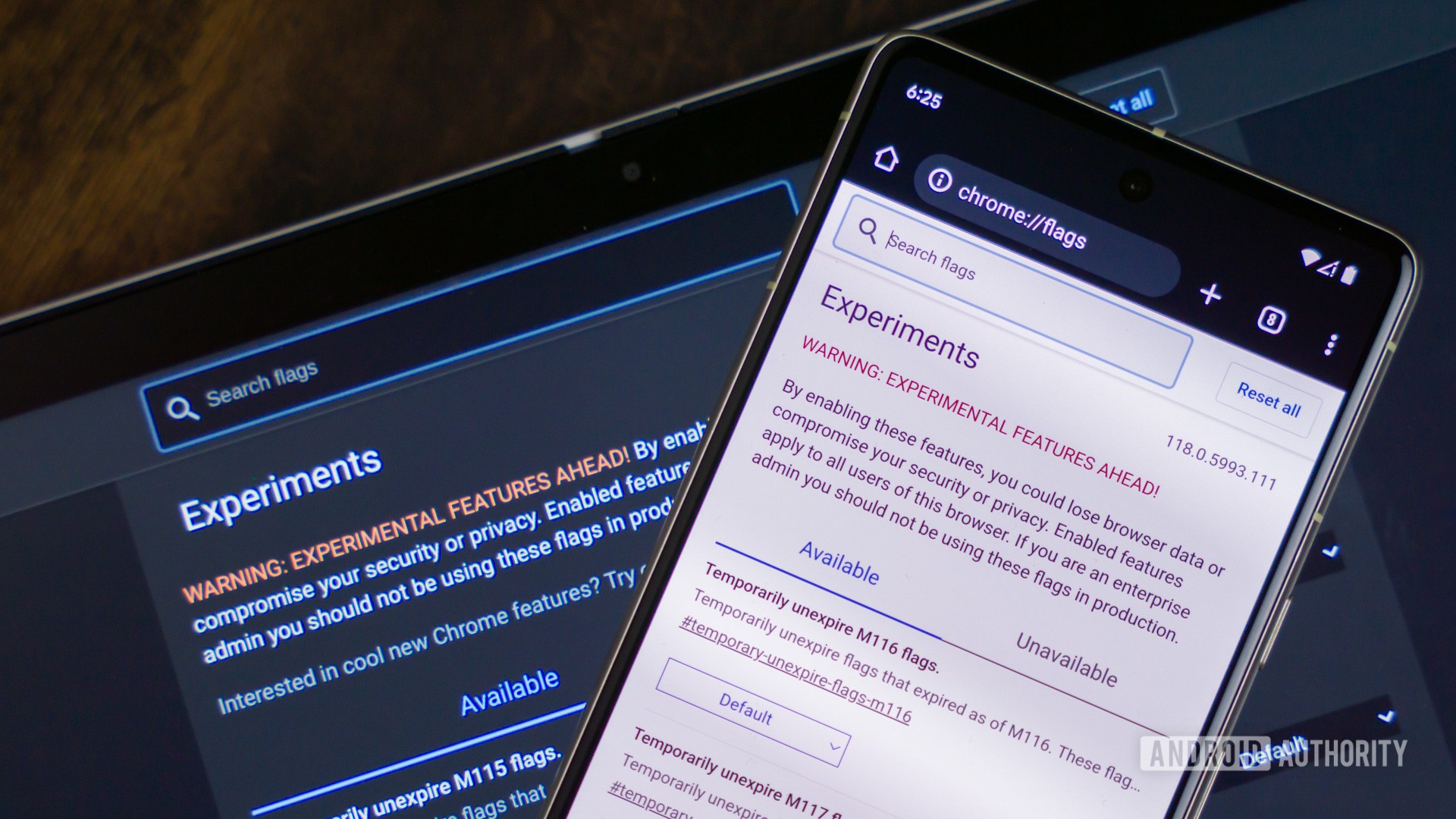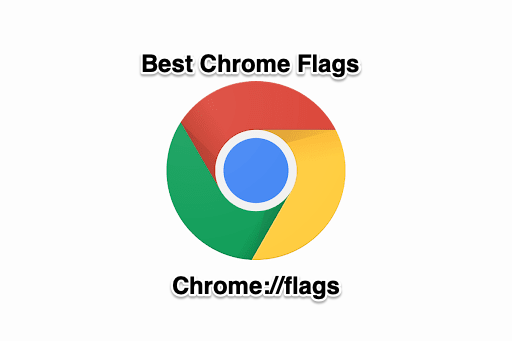Google Chrome Simplifies Access to Experimental Features with Chrome Labs
Google is making it easier for users to explore and test experimental features in Chrome. Previously, accessing these features required enabling obscure settings flags, a process that wasn't user-friendly. Now, with the introduction of Chrome Labs, users can quickly discover and activate experimental functionalities within the browser.
What is Chrome Labs?
Chrome Labs is a new feature in Chrome Canary 89 that provides easy access to experimental features. Instead of diving into the "chrome://flags/" page and searching for specific flags, users can simply click a beaker icon and toggle experiments from a drop-down menu.
How to Access Chrome Labs
To access Chrome Labs, you need to enable it through its own flag:
- Type "chrome://flags/" in the address bar.
- Search for "Chrome Labs".
- Enable the Chrome Labs flag.
- Restart the browser.
Once enabled, a beaker icon will appear in the Chrome toolbar, providing quick access to available experimental features.
Available Experimental Features
With Chrome Labs, you can easily enable features like:
- Reading List: A feature that allows you to save articles and web pages for later reading.
- Tab Search: A tool that helps you quickly find open tabs within the browser.
Why Chrome Labs Matters
Chrome Labs simplifies the process of testing new and experimental features in Chrome. This can lead to greater user engagement and feedback, helping Google refine and improve these features before they are released to the general public.
Chrome Joins the Trend
Chrome isn't the first browser to offer a dedicated experiment page. Firefox and Vivaldi already have similar features. However, Chrome's massive user base could make Labs a widely-used feature, potentially encouraging more users to try out early versions of the browser and provide valuable feedback to Google Android Police.
By making experimental features more accessible, Google is empowering users to explore the future of Chrome and contribute to its ongoing development. This could give users a better reason to try rough Chrome versions — you’d easily learn what extras Google is working on.













